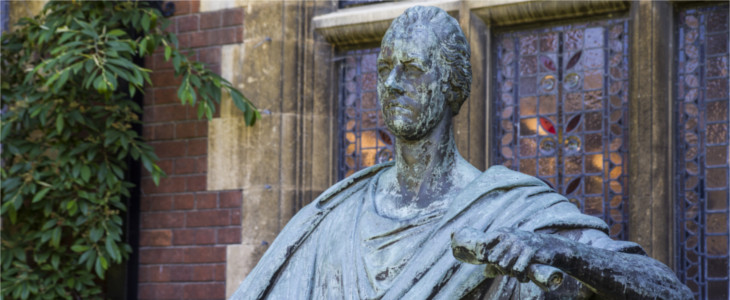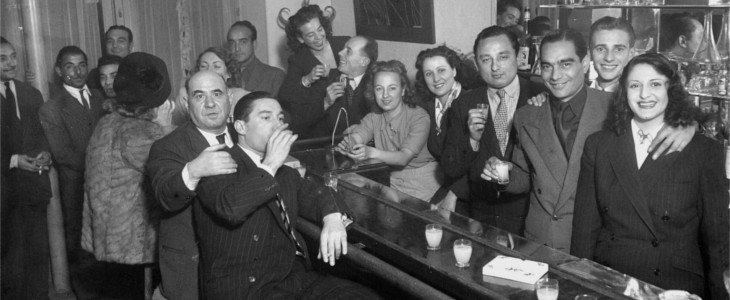Introduction To The Modern Income Tax | 1799

Income tax was first implemented in Great Britain by William Pitt the Younger in his budget of December 1798 to pay for weapons and equipment in preparation for the Napoleonic Wars. Pitt’s new graduated (progressive) income tax began at a levy of 2 old pence in the pound (1/120) on incomes over £60 (£5,696 as of 2015), and increased up to a maximum of 2 shillings (10%) on incomes of over £200.
Pitt’s income tax was levied from 1799 to 1802, when it was abolished by Henry Addington during the Peace of Amiens. The income tax was reintroduced by Addington in 1803 when hostilities with France recommenced and was for a ‘contribution of the profits arising from property, professions, trades and offices’ (the words ‘income tax’ were deliberately avoided). Its unpopularity saw it once again abolished in 1816, one year after the Battle of Waterloo.
In fact the first permanent British income tax was not introduced until 1842, and the issue remained intensely controversial well into the 20th century. The highest rate of income tax peaked in the Second World War at 99.25% and was then slightly reduced during the 1950s to around 90%.
"You’d be stupid not to try to cut your tax bill and those that don’t are stupid in business"
- Bono: U2




